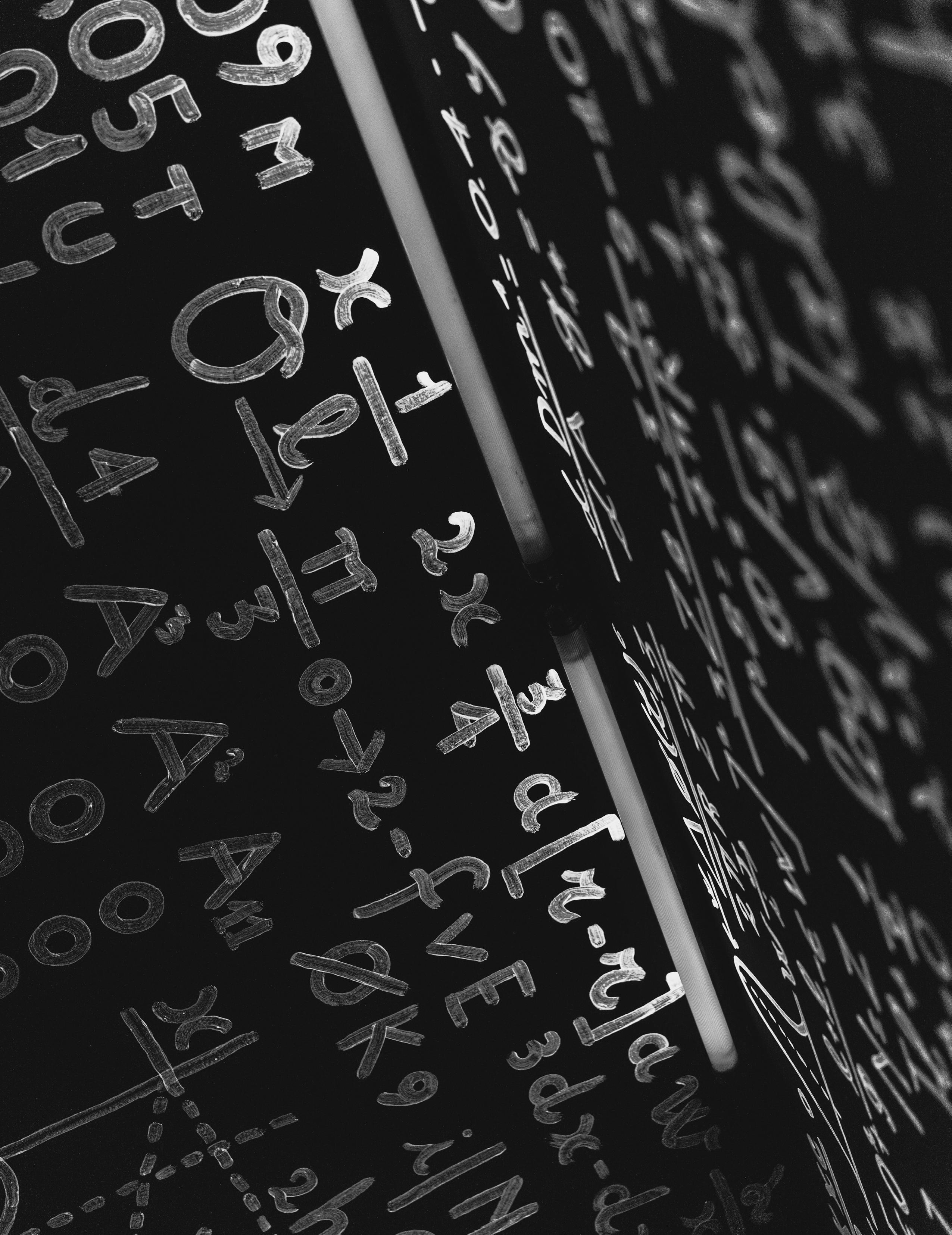BLOOMER RESEARCH STIPEND





The Charles and Lisa Bloomer Student Research Stipend provides unique opportunity for McMurry science students to work on a research project together with a science faculty member. The skills they gain learning how to run a research project are foundational skills that are equally applicable on career path. Learning how to collect background information, state the problem, design and evaluate a solution are the kinds of skills that any employer would value. Ability to work as part of a research team, and present the findings to diverse audiences are the other essential skills that every student should develop as part of their training. All of that becomes possible for a student who is recognized as a Bloomer Scholar.
Many of McMurry students are in need and often have to work during their free time to support themselves through school. The Bloomer Stipend would allow a student to be payed working on a research project related to their field of study and not to take time working away from school.
Established in 2010 by the Science and Math Advisory Board (SMAB), the Bloomer Student Research Stipend was named after Dr. Charles Bloomer and his wife Lisa, both of whom have been ardent supporters of the SMAB and the science and math programs at McMurry University. The purpose of the stipend is to recognize significant educational achievement and to promote the application of math and science concepts in practical situations.
Student candidates are nominated by their supervising professor. In addition, candidates are to meet several criteria set by the SMAB. Some of the criteria include leadership ability, character, dedication and commitment to McMurry and higher education, as well as involvement in service.

Hydrogen Fuel Cell
Electromagnetic Accelerator (Rail Gun)
“Induction Smelting Furnace”
Survey of Pocket Gophers in the Big Country
Hydroelectric Generator
“Dual Axis Solar Tracking System”
“Feasibility of Wind Energy Production on a Small Scale”
“Musical Tesla Coil”
“Galaxies, Droplets, and Collisions”
“Collecting Kinetic Energy from Everyday Movement”
University of South Florida
Texas Tech University
Baylor University
University of Maine
University of South Florida Institute for Marine Remote Sensing
Lockheed Martin
United States Navy
Dr. Bykov
Use of Neodymium Magnets in Football Helmets to Help Reduce Chances of a Concussion
The purpose of this project is to reduce the risks of concussions by placing strong magnets inside football helmets. The idea behind the project is to use these magnets to reduce the force taken in head-to-head collisions by having the magnets repel when in close contact. The magnets will not be able to stop the collision completely but they should reduce the force during the collision. The neodymium magnets will be placed in the front, back, and both sides of the football helmet. The force of collision will be measured at different speeds with the helmets having magnets inside them. The same test will be performed with the helmets that do not have the magnets and the force results will be compared.
Dr. Malaney O’Connell
3D Culturing System
Daniel is working to develop a 3D culturing system that will suspend cells in a gel so that they can form multicellulular tumor spheroids. The gel act as a scaffold to support cell-cell adhesions, contact between the cells and artificial microenvironment and an architectural support.

